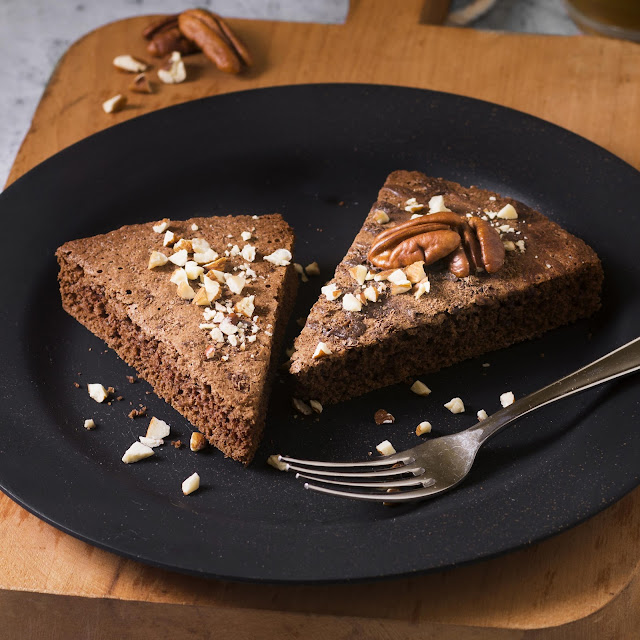In the culinary world, mastering the art of cooking involves understanding not just the ingredients and recipes, but also the techniques and methods that can elevate a dish from ordinary to extraordinary. One such fundamental principle that often gets overlooked is the importance of not overcrowding the pan when cooking, especially when aiming for that perfect golden brown color.
Picture this: you're in your kitchen, ready to whip up a delicious meal. You've got your ingredients prepped, your pan heating up, and you're excited to get started. But then, in your eagerness to cook everything at once, you end up cramming too much into the pan. The result? Soggy, unevenly cooked food that lacks that desirable caramelization and depth of flavor.
So why is overcrowding the pan such a common mistake, and how does it affect the outcome of your dish? Let's delve into the science and art behind it.
The Science of Browning
Browning, also known as the Maillard reaction, is a chemical reaction that occurs when proteins and sugars in food are exposed to heat. This reaction creates a complex range of flavors and aromas, adding depth and richness to dishes. Browning is what gives steak its irresistible crust, bread its golden hue, and roasted vegetables their caramelized sweetness.
But here's the thing: for the Maillard reaction to occur effectively, there needs to be ample space between the food items in the pan. When you overcrowd the pan, you create a barrier that traps moisture released by the food. Instead of evaporating and allowing the surface of the food to brown, the moisture accumulates, resulting in steaming rather than browning.
The Impact of Overcrowding
Overcrowding the pan not only inhibits browning but also affects the overall texture and flavor of the dish. Here's how:
1. Uneven Cooking: With too many items crammed into the pan, heat distribution becomes uneven. Some parts of the food may cook faster than others, leading to an inconsistent texture and doneness.
2. Soggy Food: As mentioned earlier, overcrowding traps moisture, causing the food to steam rather than brown. This can result in soggy, limp textures, especially for ingredients that are meant to be crispy or caramelized.
3. Longer Cooking Time: When there's overcrowding, the pan's temperature drops as soon as you add the food, requiring more time for the pan to regain heat. This prolongs the cooking process, making it more challenging to achieve the desired level of browning without overcooking the food.
4. Flavor Loss: Browning isn't just about aesthetics; it's about flavor development. Overcrowding prevents proper browning, leading to a loss of depth and complexity in taste.
Tips for Proper Browning
Now that we understand the importance of not overcrowding the pan, let's explore some tips for ensuring proper browning:
1. Use the Right Sized Pan: Choose a pan that comfortably accommodates the amount of food you're cooking without overcrowding. If necessary, cook in batches to ensure each item has enough space.
2. Preheat the Pan: Allow your pan to preheat adequately before adding the food. A hot pan ensures that the food starts browning immediately upon contact, rather than releasing moisture and steaming.
3. Don't Overload: Resist the temptation to add too much food at once. Give each piece of food some breathing room in the pan to promote even cooking and browning.
4. Pat Dry: Before adding ingredients to the pan, pat them dry with a paper towel to remove excess moisture. Dry ingredients brown better than wet ones.
5. Avoid Disturbing the Food: Once you've placed the food in the pan, refrain from moving it around excessively. Let it sit and develop a golden crust before flipping or stirring.
6. Consider the Cook: Time If you're cooking different ingredients with varying cook times, start with those that take the longest to cook and add the quicker-cooking items later to ensure everything finishes at the same time.
In the world of cooking, attention to detail can make all the difference between a mediocre meal and a memorable culinary experience. When it comes to achieving that perfect golden brown color and flavor, don't overlook the importance of not overcrowding the pan. By allowing your ingredients ample space to brown and caramelize, you'll unlock a world of rich, complex flavors that will take your dishes to new heights. So the next time you're in the kitchen, remember: give your food room to breathe, and watch as it transforms into something truly extraordinary.

Comments
Post a Comment